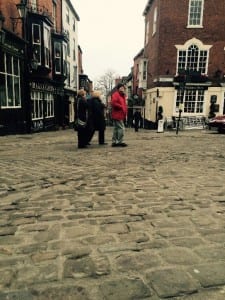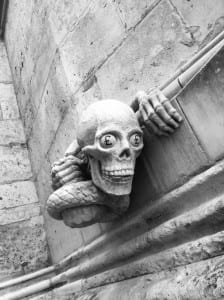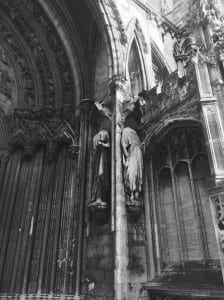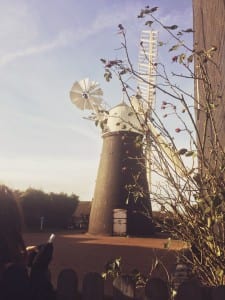After watching Tehching Hsieh create a documentation of his art, my group and i felt inspired and took inspiration from this and decided to create our own documentation of our space. We have started to film time lapses of each of our four main angles on Castle Square; almost as though we are taking on the role of the CCTV camera. We are interested in documenting as much as we can so that we can discover different behaviours and attitudes from people at different times of the day, we will eventually pick out a diverse range of time lapses and present them back to an audience.
Hsieh mentions “Life is passing time, life is free thinking” (Das Platforms, 2014) I believe this quote relates to our piece nicely, as we are filming our videos over a period of time and when we present them back to an audience it could also create awareness of how fast time is moving and how most of the people captured in the time lapses are unaware they are on camera and are in a natural state of “free thinking”.
Documenting our space on a regular basis will give us a deeper knowledge and understanding of the activity that regulates it. We have decided to include some of the documentation into our final performance. This will allow us to present the space back to the audience. Making them question what the space would be without them.
We will achieve this by placing four of our group members in our four significant spaces within Castle Square. Each of the four members will be holding an iPad which will be playing back specific time lapse videos from our documentations, creating another layer to the performance. It will be similar to us presenting CCTV footage back to the public. For this performance we will require an accidental audience.
Das Platforms (2014) Tehching Hsieh: One Year Performance 1980-1981. [online video] Available from: https://www.youtube.com/watch?v=tvebnkjwTeU [Accessed 7 April 2015].




